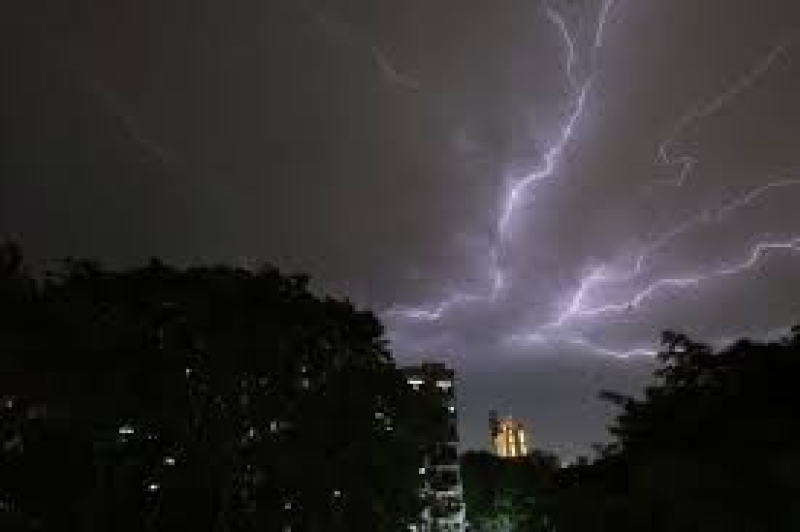- Body of Osman Hadi Returns to Dhaka From Singapore Late |
- Fakhrul condemns attacks on media, calls for unity, justice |
- 2 cops among 4 hurt in clash outside Indian Assit H.C. in Ctg |
- Inqilab Moncho urges people to avoid violence |
- Hadi’s death: Prothom Alo, Daily Star offices set afire |
Lightning and rain kill 24 in western India

At least 24 people have been killed in lightning strikes and rain in India during intense storms, officials said.
The rain damaged houses and killed livestock across western Gujarat state.
Storms are unusual in Gujarat during winter, meteorologists said, and the fierce downpour caught many off guard.
Flash floods and lightning strikes kill thousands of people in India each year. Scientists are warning that rising global temperatures are fuelling a surge in extreme weather events.
Rising land and sea surface temperatures warm the air above and make more energy available to drive thunderstorms from where lightning emanates.
Rain and hailstorms were expected to continue in western India on Monday.
At least 18 of the 24 deaths were attributed to the lightning strikes, officials said in a statement late on Sunday.
Gujarat state was hit by heavy rainfall accompanied by thunderstorms and hailstorms on Sunday and Monday, with some areas receiving up to 144mm (5.7 inches) of rain in 24 hours, Reuters news agency reported citing state government data.
India's Home Minister Amit Shah said he was "deeply saddened" by the deaths, adding that local authorities were engaging in relief work.
In India, lightning strikes killed more than 100,000 people between 1967 and 2019, according to official data. This is more than a third of fatalities caused by natural hazards during this period.
The number of lightning strikes in the country is also rising - but reported fatalities have been decreasing in recent years as the authorities improve their management of lightning risk, including forecasting and early warning systems.
India recorded more than 18 million lightning strikes between April 2020 and March 2021, according to a study by the non-profit Climate Resilient Observing Systems Promotion Council. This was a 34% rise over a similar period during the previous year, reports BBC.

